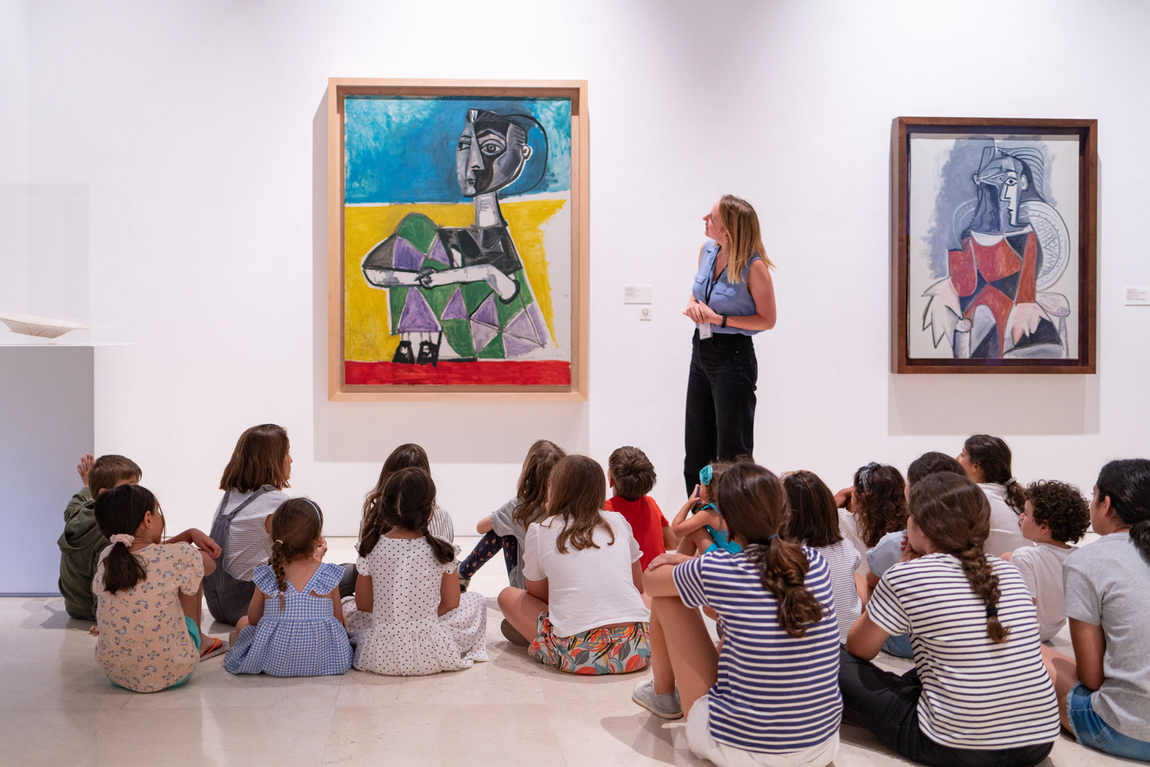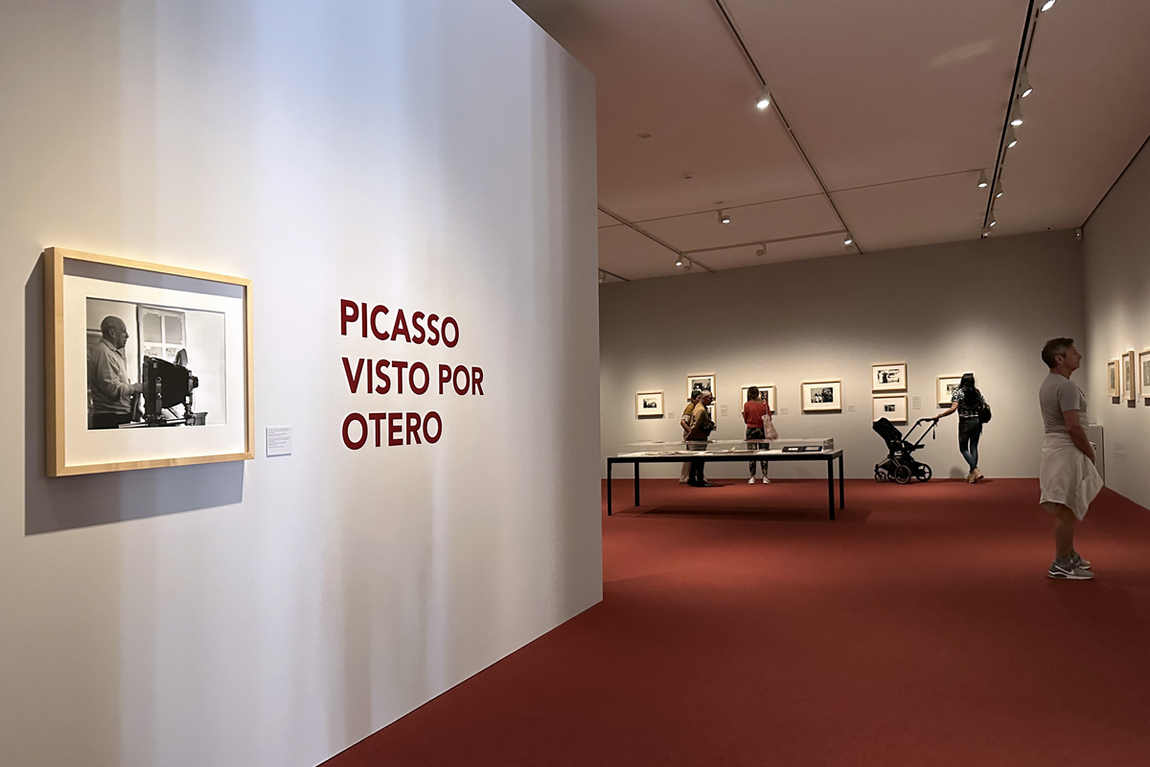Connoisseurs of contemporary art visiting Malaga try to see the Picasso Museum. And why should those vacationing with children in the Costa del Sol and not exceptionally versed in the avant-garde also come to this museum? One of the answers will suit you: a ticket to a museum is much cheaper than a ticket to an amusement park, and you don't have to pay for children at all; there is a chance to figure out which scribbles are considered art; you can see the work of the artist who is most popular with the readers of the newspaper "The Times" and with the thieves of paintings.

The Picasso Museum in Malaga did not appear by chance — the artist was born and lived in this city for a long time. Until now, the house where Picasso spent his childhood has been preserved, but the museum is located in another building — in the Buenavista Palace. King Juan Carlos I of Spain, who owned the palace, ordered that it be handed over to house the paintings of the great painter.

The Museo Picasso de Malaga exhibits more than 200 works by the artist from different periods of his life. One of the most understandable to the ordinary viewer is the portrait of Olga Khokhlova, a Russian ballerina and Picasso's first wife. But his other women, Dora Maar and Jacqueline Roque, the master, painted in a cubist manner. Yes, you can not discern the features of a person's face on them, but you can read the pain, despair, sadness, and reflective. Children can easily read the meaning of non-figurative painting by the colour of the picture, the angularity or smoothness of lines, and the size of the fragments. Therefore, they should be allowed to reflect on what the artist has depicted.

In addition to paintings, the museum displays Picasso's sculptures and his ceramic painting experiments. For example, the ceramic "Insect".
Another extensive collection of works by the founder of cubism can be found in the Picasso Museum in Barcelona. Among other paintings is the Meninas cycle, which is a reinterpretation of Velázquez's painting of the same name.











